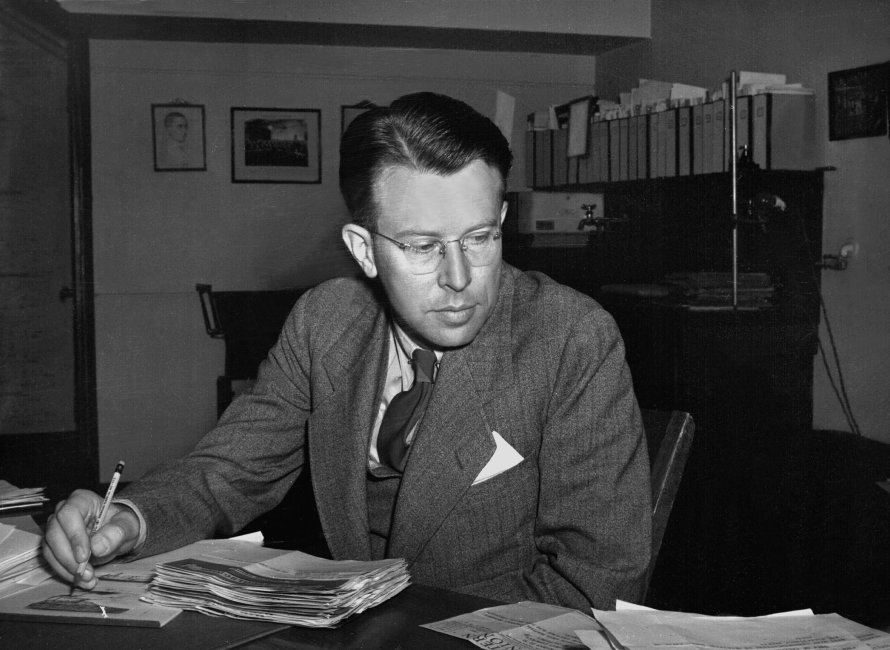Berkeley Lab’s Nobel tradition began when Lab founder Ernest Lawrence won the Nobel Prize in Physics for his invention of the cyclotron, a circular device capable of accelerating nuclear particles to extremely high speeds without the use of high voltage. Small enough to hold in his hands, the original cyclotron ushered in the era of giant “atom smashers” housed under domes at Berkeley Lab and at particle physics laboratories around the world, furthering the fields of experimentation and discovery at the sub-atomic level.
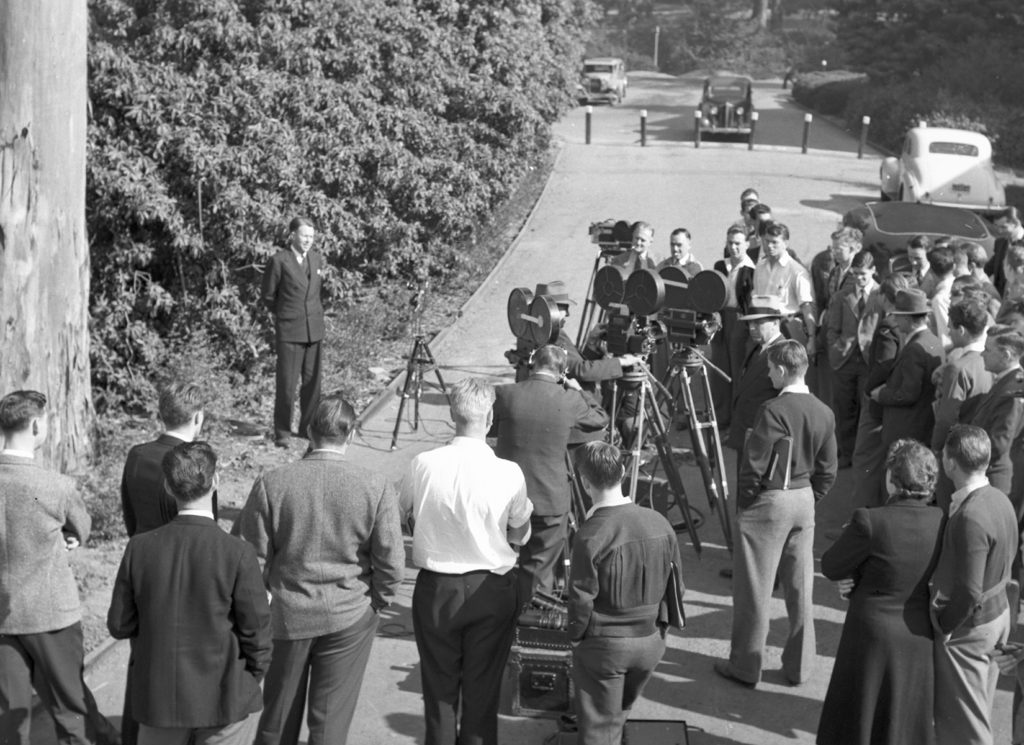
Innovative Research
Lawrence developed an apparatus known as a cyclotron that used electrical and magnetic fields to accelerate protons to high velocities in a spiral-shaped path before they collide with their target.
The invention ushered in the modern era of high-energy physics, furthering our fundamental understanding of nature and the tiniest particles that make up life itself.
Lasting Impact
Cyclotrons set off a whirl of discovery at Berkeley Lab and beyond that included new elements, isotopes, subatomic particles, and the birth of nuclear medicine. His inclusive approach set the stage for “big science,” establishing a culture of multidisciplinary team research that became the model for the U.S. Department of Energy’s national laboratory system in place today.
Inspiring Future Scientists
During his day, Lawrence was a national figure and celebrity scientist, well known for his inventions that furthered the field of nuclear research. Today, his Nobel Prize medal is on exhibit at the Lawrence Hall of Science, a science education museum established in his honor on the hill just above Berkeley Lab.
Listen to the recording of Ernest Lawrence’s Nobel Prize speech from the ceremony in Berkeley, February 29, 1940.
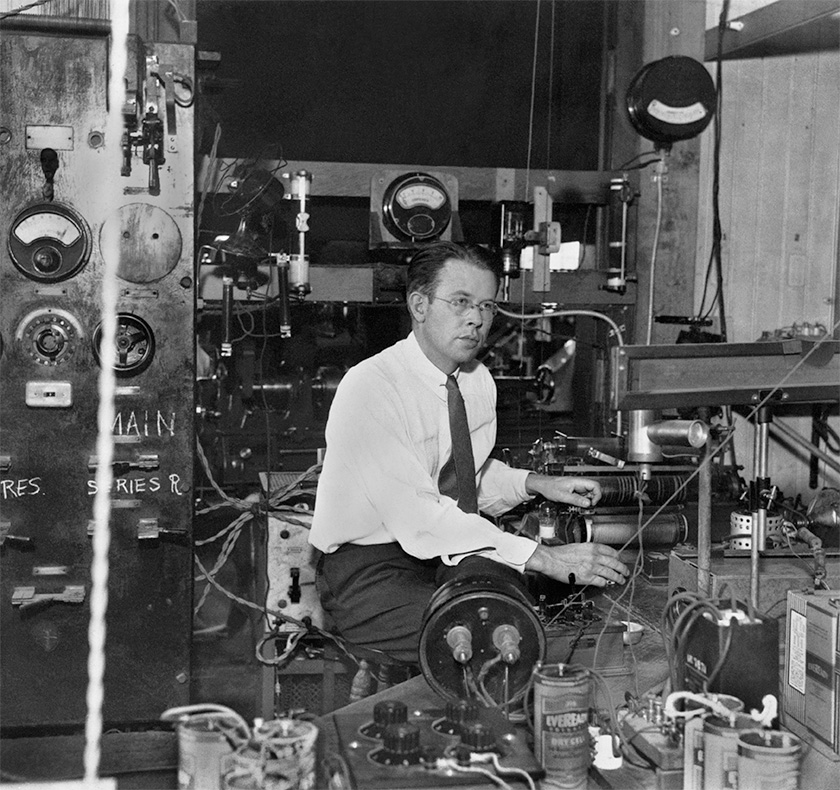
Berkeley Lab’s founder invented both the cyclotron and the modern team approach to big science.
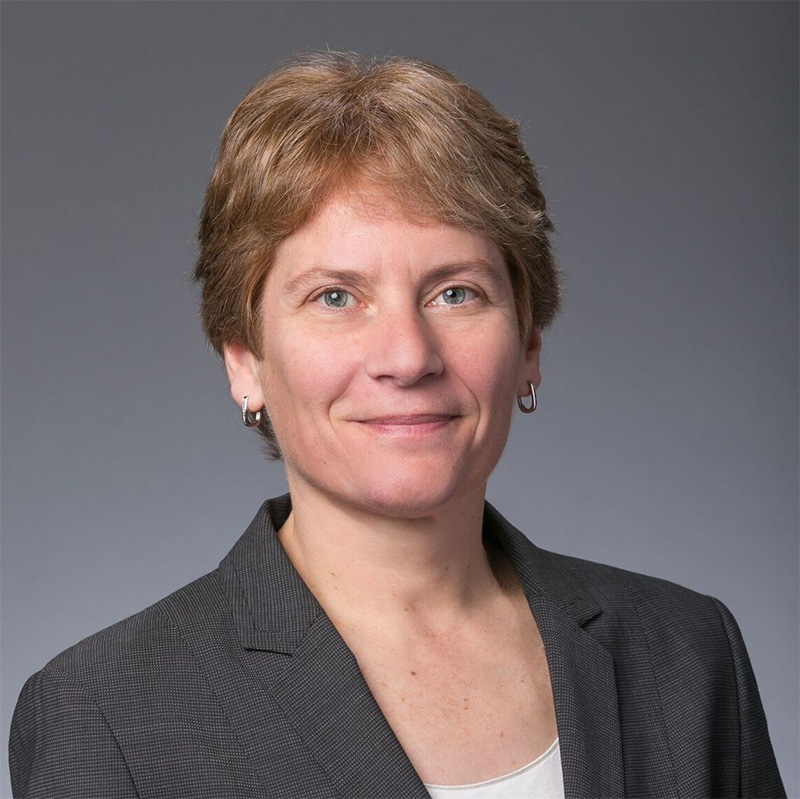
- Chemistry
- 2022
Carolyn Bertozzi, a former Berkeley Lab scientist and Molecular Foundry director, is co-winner of the 2022 Nobel Prize in Chemistry for the development of click chemistry and bioorthogonal chemistry. She shares the Nobel Prize with Morten Meldal and K. Barry Sharpless. She is the eighth woman to be awarded the prize.
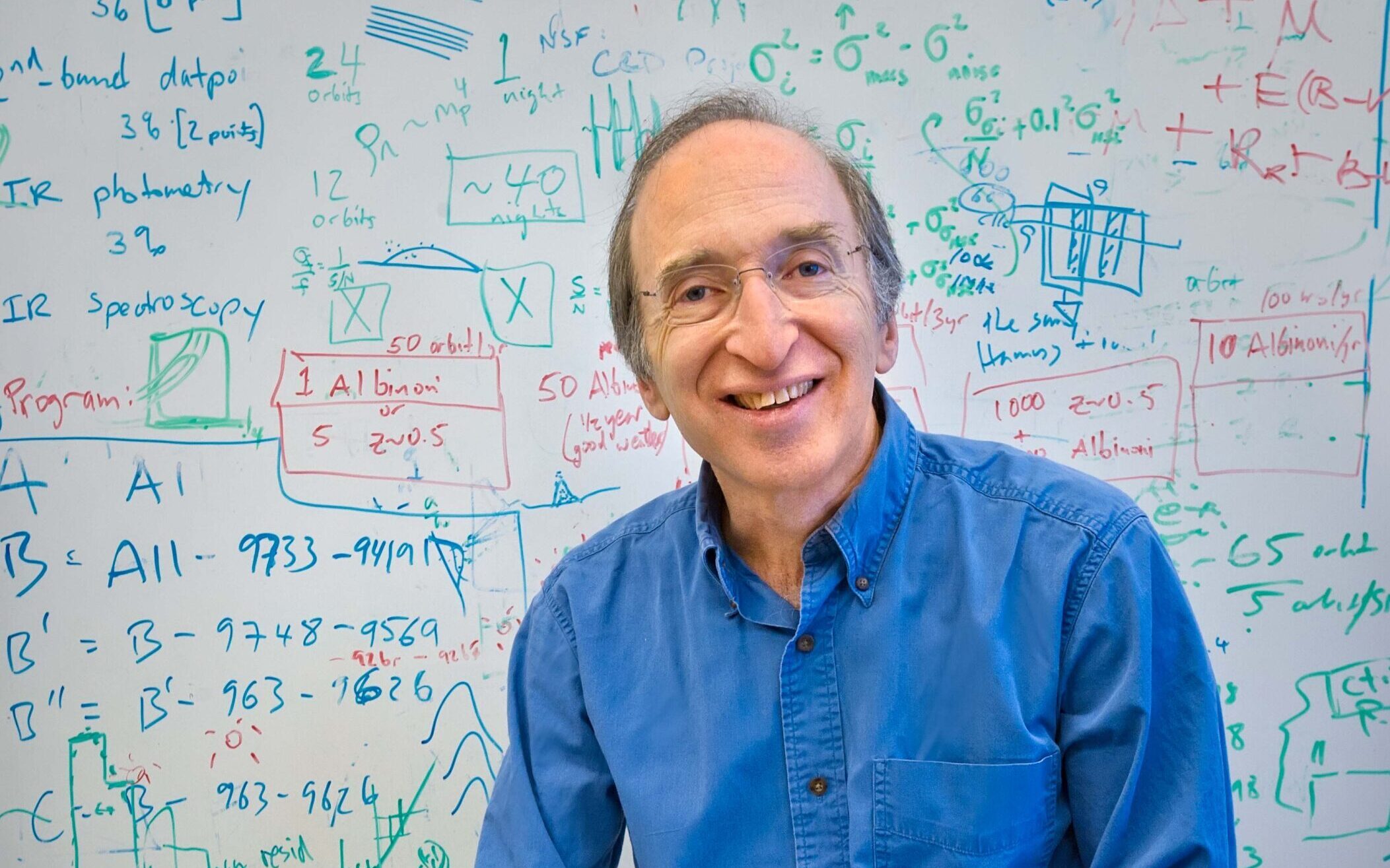
- Physics
- 2008
Berkeley Lab astrophysicist Saul Perlmutter shared the Nobel Prize in Physics with Brian P. Schmidt of the Australian National University and Adam G. Riess of Johns Hopkins University for the discovery — using observations of distant supernovae — that the expansion of the universe is not slowing down, as anticipated, but in fact is accelerating.
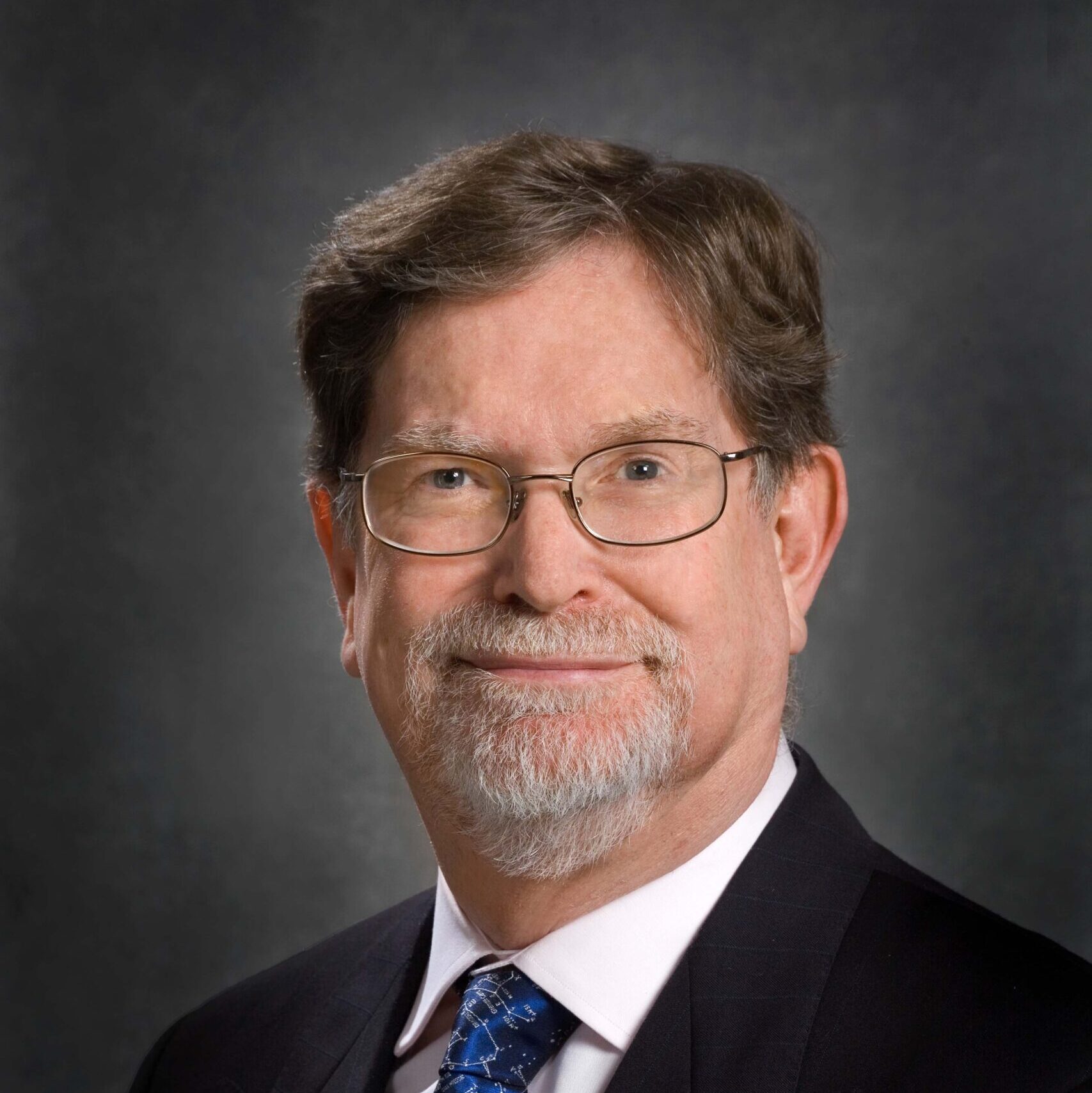
- Physics
- 2006
Smoot shared the Nobel Prize in Physics with John C. Mather of the NASA Goddard Space Flight Center for their discovery of subtle irregularities in the cosmic microwave background radiation, the faint thermal afterglow from the Big Bang. These irregularities are thought to have led to the condensation of matter into gas clouds, stars, and galaxies as the universe expanded.
